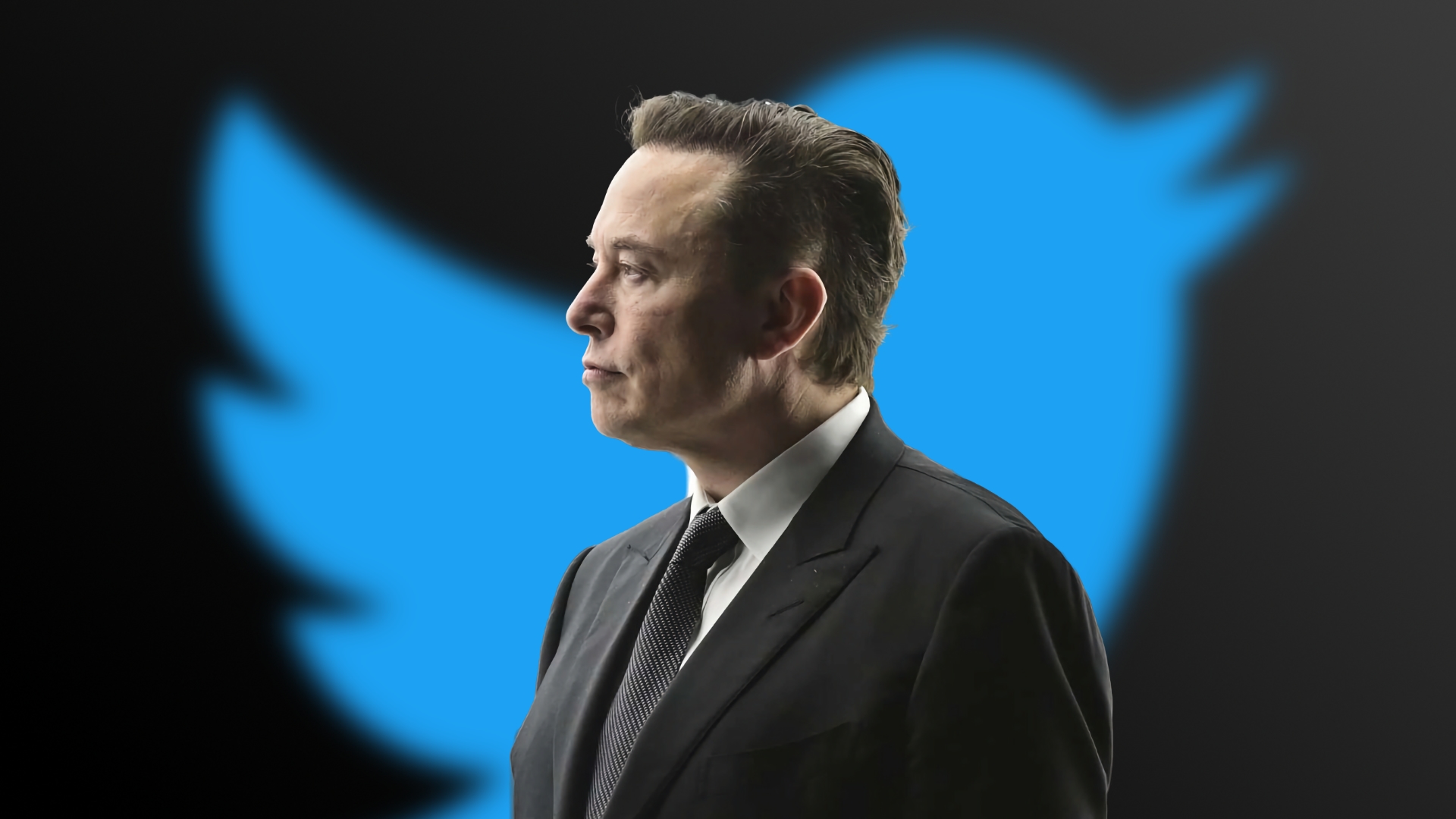Twitter will restrict free access to its API from February 9, when it will launch a paid version in parallel as the only alternative. The Twitter API is a set of functions that developers can integrate into their own applications to interact with the service and the data contained in the social network. Most platforms and services offer an API as it provides value to the developer and the developer to the platform.
Notice of this new policy only offers a week term developers to adapt to the changes and does not offer details of the functions that the Twitter API will now include, its price or different plans. The abrupt message has not left the developer community indifferent, who regret seeing their work vilified: thousands of services will stop working if they do not pay or update in a week.
This not only harms the developer, but the Twitter service itself. Numerous bots add value to the platform, either by offering functions that the service does not have, or by providing information that is undoubtedly of public interest.
What will stop working after the Twitter API changes?
“During the last few years, hundreds of millions of people have sent more than a trillion tweets, with billions every week,” said Twitter, announcing in turn that “the data with which Twitter counts is one of the sources of information most powerful in the world” and who are committed to offering “fast and comprehensive” API access. Of course, paying for it. They’ll give more details next week, they say, but next week is when free access is restricted, so developers have been left in limbo.
The clients
The first affected were third-party clients such as Tweetbot or Twitterrific, which offered a different consumer experience. Since its inception, Twitter has offered an API capable of using its main functions. Thanks to the applications of others, Twitter got ideas that it later applied in your own apps like swipe to refresh.
Without warning or explanation, they restricted the access of those clients to, days later, announce that they were not complying with a diffuse and abstract regulation that was promulgated days later. Musk acts and then justifies it. Or he tries.
The informative bots or that add functions
Automated accounts will stop working unless the developer pays the fee to use the yet-to-be-announced Twitter API. Many of them have been programmed with the sole purpose of offering value to the community. Now Twitter will charge them for it even though, in reality, they are already working to offer value to the platform.
Obviously, not all bots contribute to the platform. Most are designed to perform spam or used as a political propaganda tool paid for by a party, organization or state to further their own interests in public discourse and debate.
Interestingly, it is these bad actors who can afford to pay for access to the Twitter API, since they are obtaining a direct or indirect benefit despite the fact that, instead of offering added value to users, they degrade the platform with their practices.
Musk’s goal was to kill bots, but he may only kill bots that offer something good, leaving only those that advertise cryptocurrency and Russian propaganda.
The investigations
Numerous universities use the information from Twitter to detect trends in human behavior. Also private companies. Through language, you can detect levels of violence, tension, or simply what worries a certain demographic.
These data can now only be accessed by paying, so only organizations that can afford it will be able to continue with their work. This could create information biases in studies that are already obviously conditioned by the researcher’s ideas and beliefs.
Many websites and services will have to pay
Publishing an article and having it shared directly on Twitter is only possible thanks to the API. Now WordPress, Substack and the like will have to pay for it to offer that essential function to their users. YouTube, Facebook… almost any service offers a free API for these purposes, but now Twitter will charge for it. Large companies can afford it, but the same may not be the case for services and applications from independent developers, since the fees have not yet been disclosed.

Firefighter ideas with water around the neck
Musk is in trouble. He has to pay a large debt and Twitter doesn’t give that much money, so he has to get the most out of the service. Charging large companies for API access—by offering them advanced intelligence tools—was one of the ideas tech analysts and journalists have floated since the purchase was confirmed, but unilaterally limit the gateway to your service to all programmers could be detrimental.
Meanwhile, Musk is busy these days checking from his account whether the algorithm promotes tweets from closed or open accounts better. He is still investigating.


